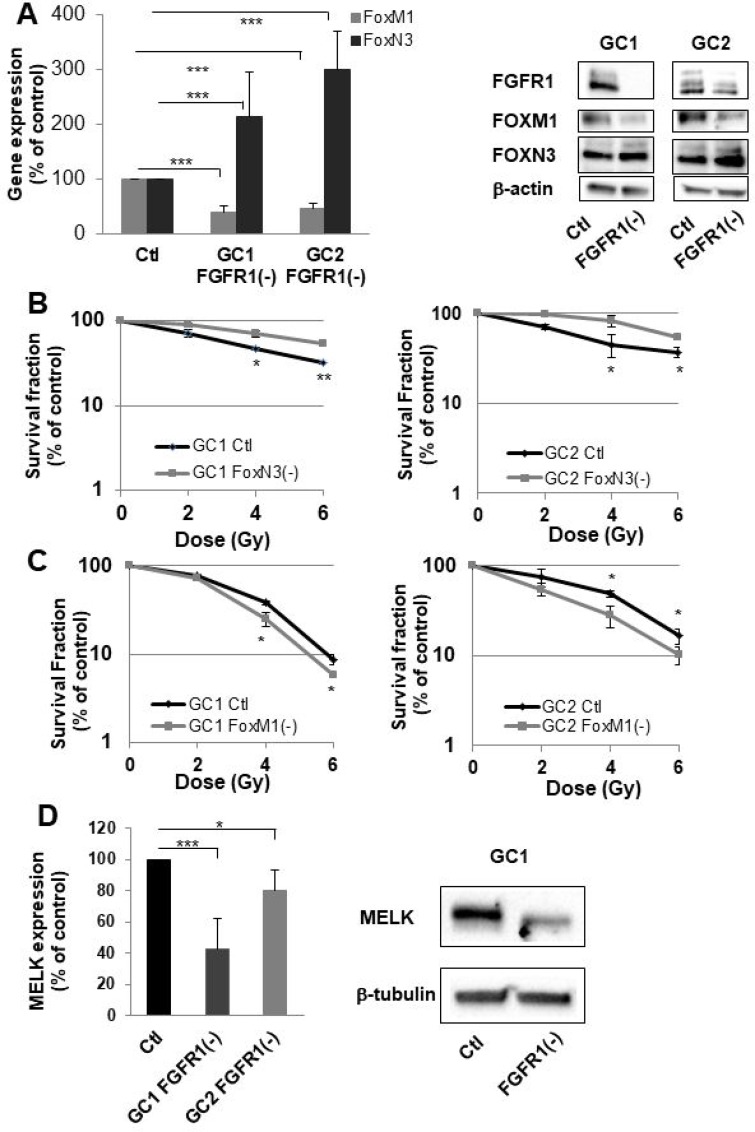Figure 3. FGFR1 inhibition modifies FOXM1 and FOXN3 expression which are implicated in sensitization to radiation of cells derived from GBM biopsy specimen.
(A) Cells derived from 2 GBM biopsy specimen (GC1 and GC2) were transfected with siFGFR1(11) (GC1FGFR1(-) or GC2FGFR1(-)) or a scramble control (Ctl). 48 h post-transfection FOXM1 and FOXN3 expression was analyzed by real-time PCR and western-blot. Image is representative of 3 independent experiments. (B) Cells derived from 2 GBM biopsy specimen (GC1 and GC2) were transfected with siFOXN3 (GC1FOXN3(-) or GC2FOXN3(-)) or a scramble control (Ctl). Cells were analyzed in clonogenic assay as described in “Materials and Methods”. (C) Cells derived from 2 GBM biopsy specimen (GC1 and GC2) were transfected with siFOXM1 (GC1FOXM1(-) or GC2FOXM1(-)) or a scramble control (Ctl). Cells were analyzed in clonogenic assay as described in “Materials and Methods”. (D) 48 h post-transfection MELK expression was analyzed by real-time PCR and western-blot in GC1FGFR1(-), GC2FGFR1(-) and Ctl cells. Image is representative of 3 independent experiments. Quantifications of 3 experiments are presented as means ± SD. ***p < 0.001; **p < 0.01; *0.01 < p < 0.05.

